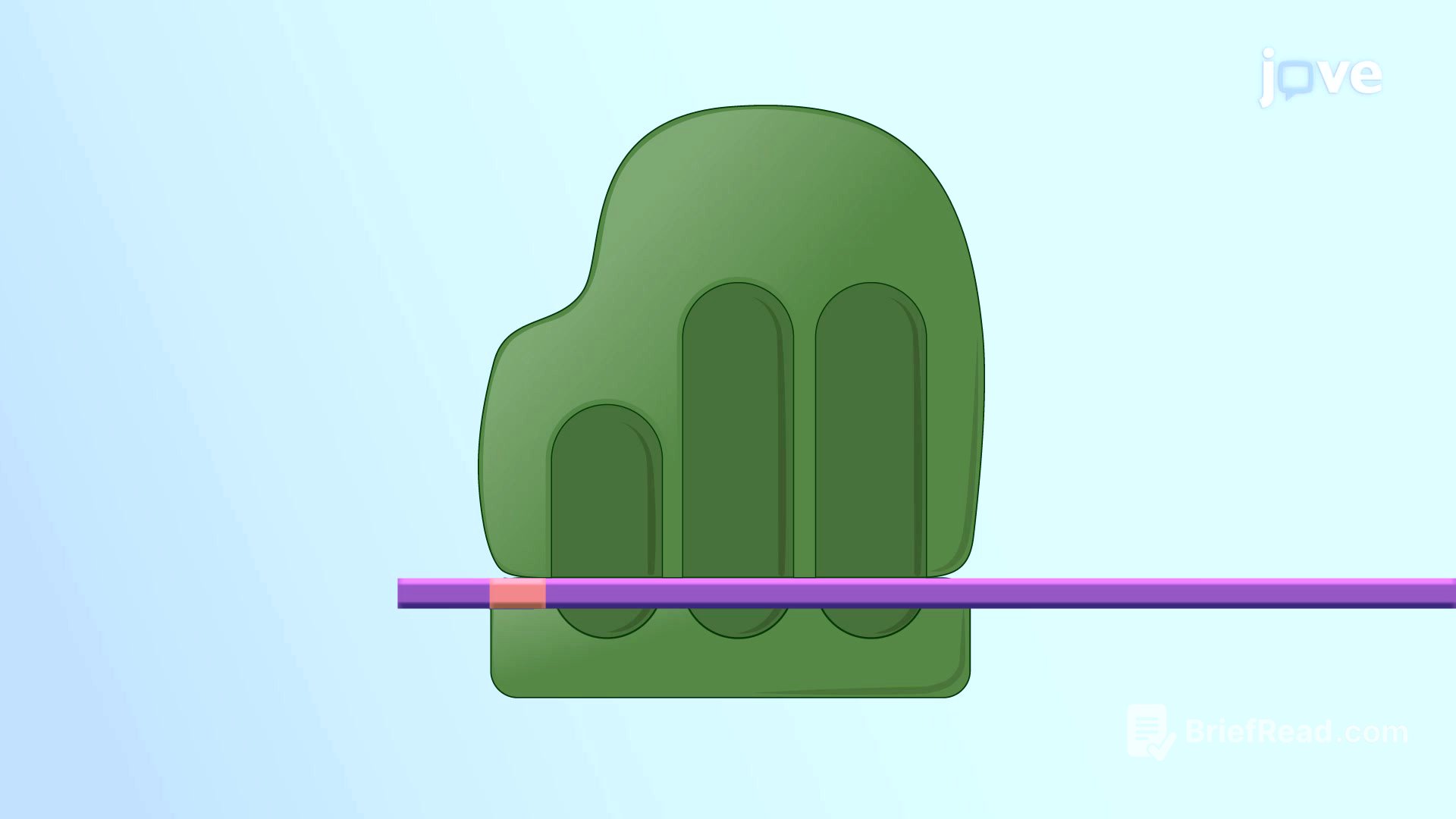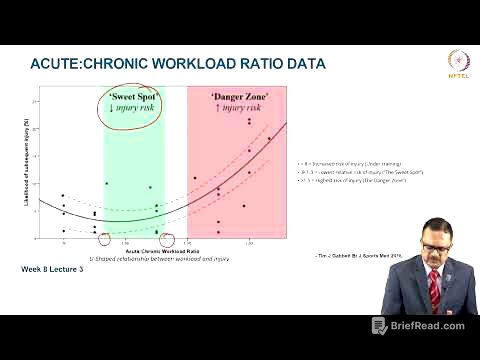TLDR;
This text describes the structure, assembly, and function of ribosomes in protein synthesis. Ribosomes, found in both prokaryotic and eukaryotic cells, translate mRNA into proteins. They are composed of ribosomal RNA (rRNA) and proteins, assembled in the nucleolus in eukaryotes. Ribosomes can be free in the cytosol or bound to the nuclear envelope or endoplasmic reticulum, synthesizing different types of proteins based on their location.
- Ribosomes translate genetic information from mRNA into proteins.
- Eukaryotic ribosomes are assembled in the nucleolus from rRNA and proteins.
- Ribosomes have A, P, and E sites for tRNA binding during translation.
Ribosomes
Ribosomes are responsible for translating genetic information encoded in messenger RNA (mRNA) into proteins and are present in both prokaryotic and eukaryotic cells. Cells that produce large quantities of proteins, such as secretory cells in the pancreas, may contain millions of ribosomes.
Ribosome Structure and Assembly
Ribosomes consist of ribosomal RNA (rRNA) and proteins. In eukaryotes, rRNA is transcribed from genes located in the nucleolus, a specialized region within the nucleus dedicated to ribosome production. Within the nucleolus, rRNA combines with proteins imported from the cytoplasm, resulting in the assembly of two ribosomal subunits: the large and small subunits. These subunits exit the nucleus through nuclear pores. At the beginning of translation, mRNA binds to a specific site on the small subunit, followed by the recruitment of the large subunit, forming a functional ribosome. Ribosomes can be found free in the cytosol (free ribosomes) or attached to the outside of the nuclear envelope or endoplasmic reticulum (bound ribosomes). Free ribosomes typically synthesize proteins used within the cytoplasm, while bound ribosomes synthesize proteins that are inserted into membranes, packaged into organelles, or secreted from the cell.
Protein Synthesis
Ribosomes synthesize proteins by bringing together mRNA and transfer RNA (tRNA). Specialized nucleotides on tRNA, called the anticodon loop, bind to the codon of the mRNA. Each tRNA carries a specific amino acid on its other end. This process translates the genetic code from mRNA into a chain of amino acids, one codon at a time. When mRNA binds to the small subunit of the ribosome, tRNA binds to one of three binding sites on the large subunit: the A, P, and E sites. As mRNA is translated, new tRNAs enter at the A site, move to the P site, and are released at the E site. Ribosomes catalyze the formation of peptide bonds between adjacent amino acids, creating a polypeptide chain. This growing polypeptide chain passes through an exit tunnel in the large subunit. Once protein synthesis is complete, the ribosomal subunits dissociate.









